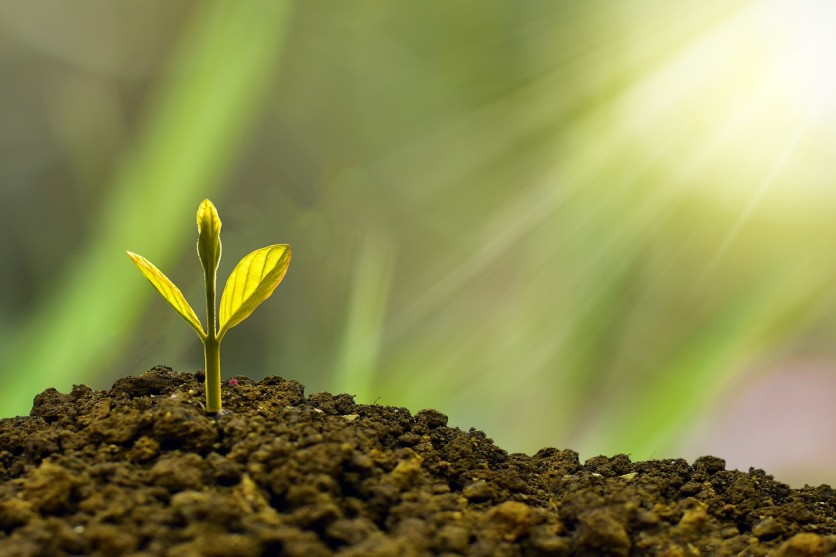If animals and humans can talk, what more are plants since they are living things? As we know, they do not produce any sound, and we do not hear even a hush from their insides. However, researchers from Japan discovered that plants could "talk" to each other.
A silent language unfolds as plants release a mist of airborne compounds, a secret code they use for communication and defense. Imagine it as a form of olfactory messaging, where these compounds deter herbivores and signal nearby plants of potential threats.
Can Plants Really Talk?

Since the 1980s, scientists have unraveled the mysteries of these plant defenses, identifying them in over 80 plant species. However, a crucial piece of the puzzle remained elusive: how do plants receive and interpret these aerial alarms?
Addressing this knowledge gap, a team of Japanese researchers, led by molecular biologists Yuri Aratani and Takuya Uemura from Saitama University, employed real-time imaging techniques to witness the intricate dance of plant responses to these airborne warnings, per ScienceAlert.
Related Article : Amid Climate Change Crisis, Some Plants Found to Worsen Air Pollution on a Warming Planet
Unveiling the Plant Dialogue
In their groundbreaking study, the scientists meticulously transferred compounds from injured plants to undamaged neighbors using a pump system.
Employing a fluorescence microscope, they observed the undamaged plants' reactions to the distress signals triggered by caterpillar attacks on tomato plants and Arabidopsis thaliana, a common mustard family weed.
To amplify their observations, the researchers used genetically modified plants with cells containing biosensors that fluoresce in the presence of increased calcium ions.
Calcium signaling, a method also employed by human cells for communication, provided a window into the intricate world of plant communication.
As volatile compounds bathed the undamaged plants, the team discovered a vivid response - bursts of calcium signaling cascading through the leaves. Notable compounds Z-3-HAL and E-2-HAL emerged as key inducers of calcium signals in Arabidopsis.
Diving Into Cellular Symphony
Diving deeper, the researchers pinpointed the primary responders to these danger cues. By engineering Arabidopsis plants with fluorescent sensors in specific cells - guard, mesophyll, and epidermal cells - they discovered that guard cells, forming stomata on plant surfaces, initiated calcium signals swiftly, followed by mesophyll cells.
Stomata as Plant Nostrils
Furthermore, a revelation was brought up as pre-treating plants with a phytohormone that closes stomata significantly reduced calcium signaling. This suggests that stomata, akin to plant nostrils, are used in decoding and amplifying airborne messages.
"This ethereal communication network, hidden from our view, plays a pivotal role in safeguarding neighboring plants from imminent threats in a timely manner," study's senior author Masatsugu Toyota, who also works as a molecular biologist at Saitama University in Japan, said.
The study also shows that the veil has been lifted on the intricate dialogue of plants, showcasing their ability to receive, interpret, and respond to airborne signals. This enriches our understanding of the complex world in the field of botany.
To view the full study titled "Green leaf volatile sensory calcium transduction in Arabidopsis," visit Nature.com for more details.
Read Also: These Artificial 'Power Plants' Draw Energy From Wind and Rain

![Apple Watch Series 10 [GPS 42mm]](https://d.techtimes.com/en/full/453899/apple-watch-series-10-gps-42mm.jpg?w=184&h=103&f=9fb3c2ea2db928c663d1d2eadbcb3e52)



